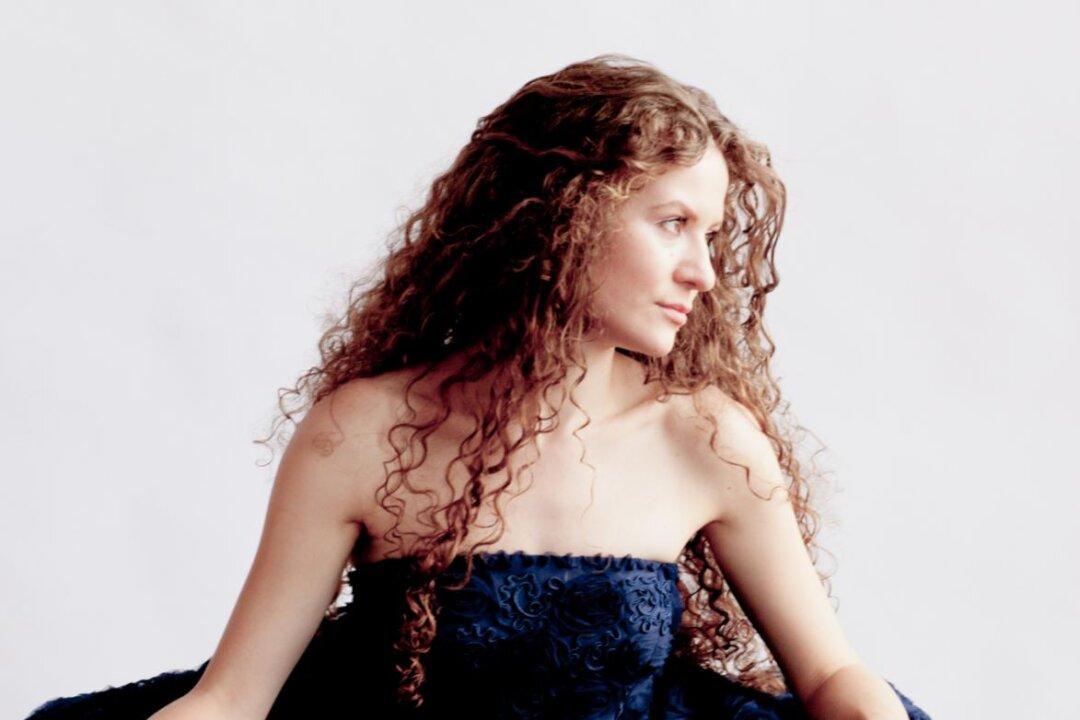Tchaikovsky’s Piano Concerto No. 1 is a popular piece. And in Russia, where pianist Asiya Korepanova grew up, even more ludicrously so.
“You hear it constantly, people play it all the time. You hear on the television, radio, everywhere, everywhere,” Korepanova told Humanity. As such, the famous showpiece becomes almost background noise. To musicians, it can feel overplayed.






